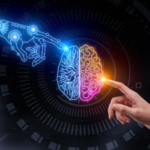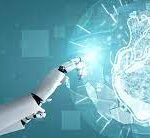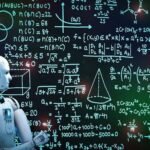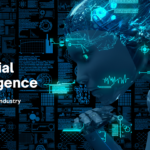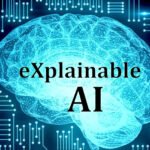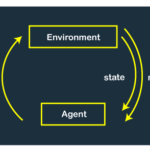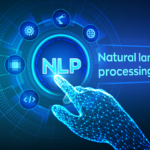Pythian Announces Generative AI Strategy and Offerings to Accelerate Enterprise Innovation
Pythian Services Inc., a prominent data, analytics, and cloud services company, has announced its strategic focus on leveraging generative artificial intelligence (GenAI) to drive rapid innovation and transformation in the enterprise sector. By offering cost-effective GenAI discovery, proof of concept, and production solutions alongside its existing data services, Pythian empowers companies to effectively utilize GenAI. The company’s framework enables businesses to optimize their data estate, extract high-speed insights, and find solutions across the entire enterprise.
According to Keith Angell, CEO at Pythian, while consumer GenAI is currently driving creativity and innovation, the enterprise application of AI presents unique requirements and challenges. To achieve benefits such as task automation, personalization, enhanced customer interactions, and improved employee engagement, businesses must overcome obstacles like lack of expertise, accessible data, data privacy and security concerns, and regulatory considerations. Pythian’s strategic offerings aim to assist businesses in addressing these hurdles and realizing value from AI at an accelerated pace.
Pythian’s certified expertise in AI and machine learning (ML) positions it to help enterprises utilize various types of AI, including generative, predictive, cognitive, and natural language AI, to develop creative technical solutions and drive productization. By bridging this gap, organizations can implement automation, create content rapidly, enhance customer and employee interactions, and ultimately boost their competitive edge.
Paul Lewis, CTO at Pythian, highlights the significance of enterprise maturity in successfully implementing GenAI. It’s not solely about having the right technology; organizations must establish a robust data and analytics ecosystem to support its advancement and internal adoption. Adherence to regulatory compliance, robust security measures, and alignment with data protection, zero-trust, and privacy by design principles are crucial.
To illustrate the framework in action, Pythian recently developed and deployed an AI chatbot for a global media company. During production seasons, the company experienced an influx of international team members, leading to an increase in IT support requests and delayed response times from the support team. The deployed chatbot, trained with an extensive support knowledge base, automated responses to more than half of frequently asked questions, enabling field teams to proceed with production more efficiently and rectifying the delayed response times.
Pythian is at the forefront of driving AI and ML adoption, enabling businesses to leverage their data and gain a competitive advantage in the digital age. To learn more about Pythian’s GenAI prerequisites and embark on a transformative journey, visit their service offering pages covering data science, visualization, management, security, strategy, and governance.







